When it comes to weight room equipment, the bench press station is as close as it gets to holy ground. It’s where first-time gymgoers and full-time powerlifters alike gravitate to build their pecs, bolster their strength, and in some unfortunate cases, measure their egos.
The standard flat bench press station steals most of the limelight from less-flashy alternatives like the decline or incline stations. The incline bench press in particular might have more going for it than you think.
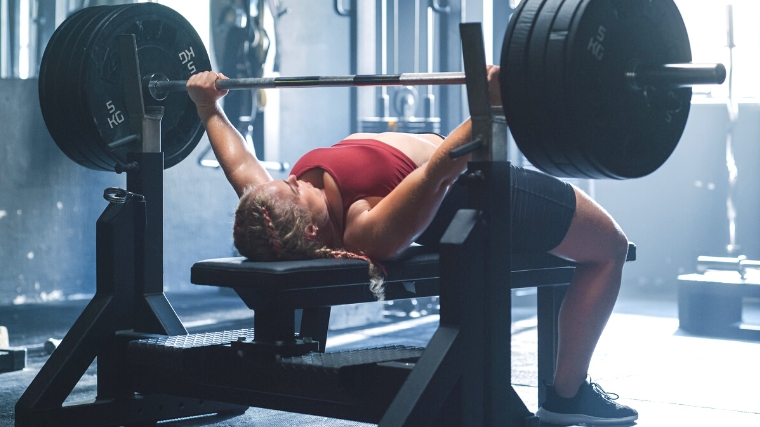
If you had to pick between them, would the incline bench give you more bang for your buck than the flat bench on International Chest Day? To answer that question, you need to put each movement under the microscope. Here’s how these two bench variations stack up for strength, size, and more.
Differences Between the Incline Bench Press & Flat Bench Press
At a glance, the incline and flat bench presses may appear identical, save for the obvious change in bench height. While that’s broadly more true than false, adjusting the angle of your bench will alter not only how you perform the movement manually, but which muscles take center stage.
Shoulder Torque
Some athletes report pain or discomfort in their shoulders when they perform the incline bench. There’s nothing intrinsically wrong or dangerous with benching on an inclined surface, but the incline does typically apply more torque to the shoulder joint. This often comes as a result of more internal rotation at the shoulder. If you find yourself limited in that range, a steep incline may cause problems — but you’ll have to experiment for yourself.
Conversely, pressing from a flat surface generally enables a more balanced shoulder angle, due to your being able to make contact lower on your torso.
Chest Activation
Conventional weight room wisdom suggests that the incline bench builds your upper chest, the flat bench is an all-around pec builder, and (should you use it) the decline bench is great for targeting your “lower pecs.”
However, these ideas don’t entirely stand up to scientific scrutiny. First of all, there isn’t a “lower chest” at all; your pecs have two primary regions, the pec major (or sternal head) and the pec minor (or clavicular head).
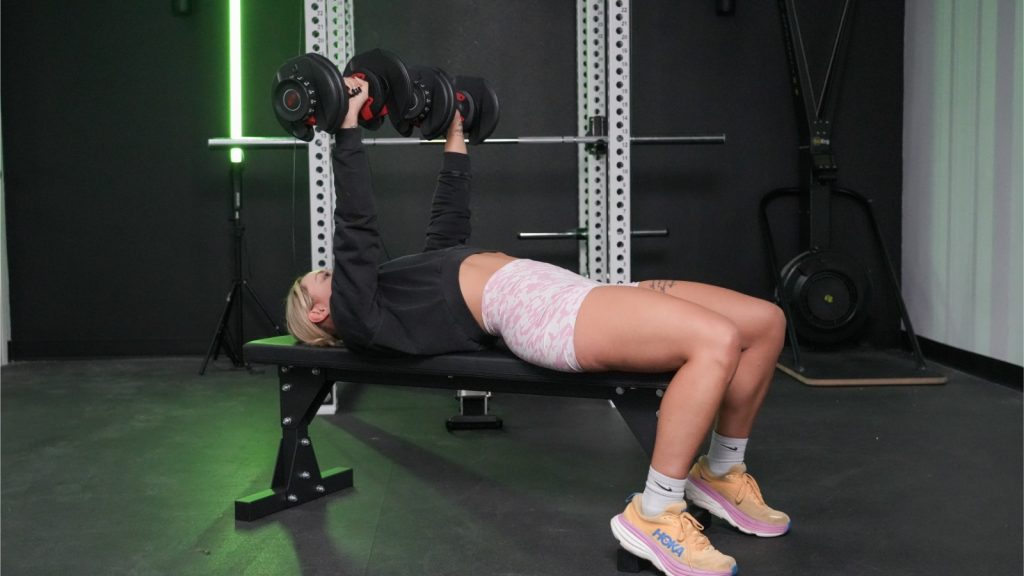
[Read More: Best Upper Chest Exercises for Building Muscle]
Pressing from an incline will involve more shoulder flexion than if you benched on a flat surface. Some studies display only a marginal difference in regional pec activation depending on the incline of the bench, (1) with the caveat that upper chest activation does increase if the bench is set to a 30 or 45-degree angle.
Some of these differences may be explained by subjects’ preferential grip widths on both the incline and flat benches. Practically, your best bet is to experiment and find an incline that activates your upper chest to a noticeable degree.
Loading Potential
Put simply, you won’t be able to move as much weight on the incline bench as you typically would on the flat bench. This doesn’t necessarily mean the exercise is less effective. It’s simply a different stimulus.
This reduced loading potential is generally a result of two factors: First, you can’t really execute a solid spinal arch on the incline bench, which would reduce your range of motion. Secondly, the technique of most incline presses will shift some of the demand away from your pecs and towards smaller muscles like your shoulders and triceps.
So, if you want to load up your barbell as heavily as possible to train for maximal strength, the flat bench is your best bet.
Similarities Between the Incline Bench Press & Flat Bench Press
When all is said and done, the incline bench press and flat bench press are still close cousins. Both movements are bilateral, barbell-based pressing exercises that are all but guaranteed to blow up your chest and shoulders.
Muscles Worked
Aside from some inconsistencies in regional pectoral activation, both the incline and flat bench presses will train the same muscle groups. Both movements engage your chest, anterior deltoids, and triceps to a significant degree.
You can fiddle with your grip width to place more load onto a certain muscle — for instance, a narrower grip will generally tax your triceps more — but muscle activation is pretty consistent overall.
Strength Potential
If you’re a hobbyist or competitive powerlifter, you absolutely must train the flat bench press. After all, it’s one of your three competition lifts. The incline bench press, though, is still a reliable strength training exercise for most folks.
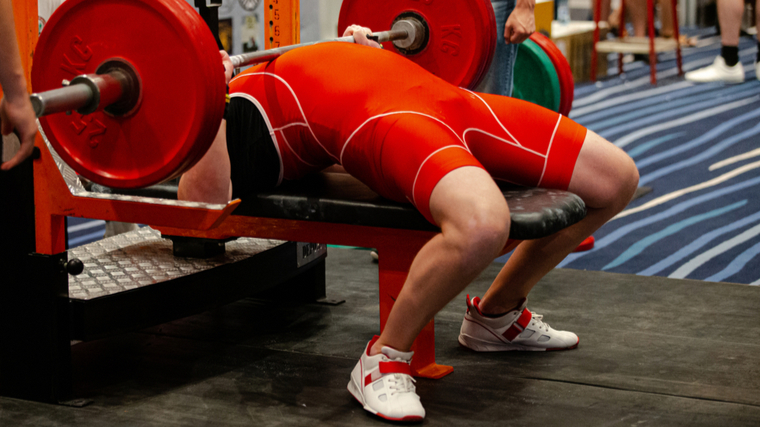
You may not be able to lift as much absolute weight, but the incline bench still checks many of the boxes of what makes a great strength lift. It’s conveniently loadable, has a relatively straightforward technique, and works multiple muscle groups at once. So, if you just want to get all-around strong, both presses share enough common ground that you can mostly pick and choose.
Both Belong In Your Program
This isn’t technically a similarity between the two exercises in the literal sense, but it bears mentioning: Both the incline bench press and flat bench press belong in a well-designed workout program in some capacity.
For powerlifters, this often looks like plenty of flat bench work as sport-specific preparation, followed up by some incline pressing, either with the barbell or a pair of dumbbells. If you hit the gym for muscle growth or general health, choosing one as your primary “heavy” lift and using the other as a lighter accessory movement can work wonders too.
Incline Bench Press vs. Flat Bench Press Technique
It may seem as simple as adjusting the incline of your weight bench (and, in fairness, it sort of is), but there’s plenty of nuance to the flat bench press and the incline press to a degree as well. Here’s how to get each exercise right.
How to Do the Incline Bench Press
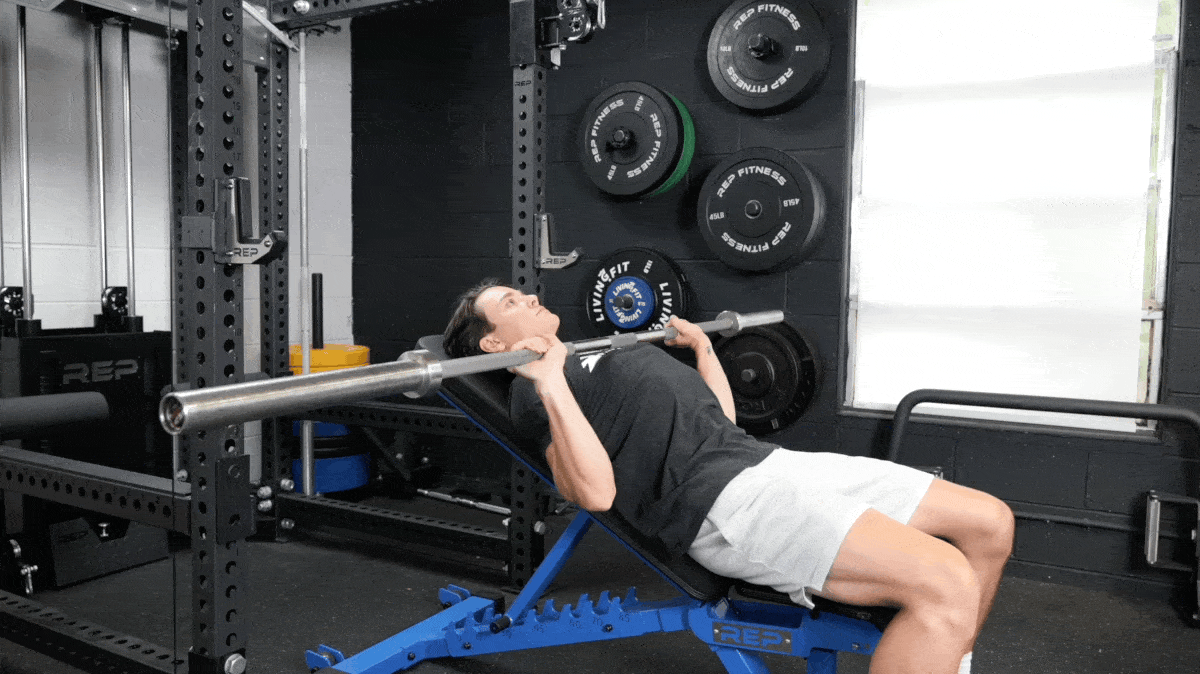
You’ll need an incline bench station to perform this exercise with a barbell. Most gyms will have incline benches near the flat bench stations, so keep a lookout. You can also do your incline presses with a pair of dumbbells if you wish; these instructions will teach you how to work with the bar.
- Sit down in the bench station with the seat set at the appropriate height such that your eyes are directly under the bar.
- Grab the barbell with your standard bench press grip; a little wider than shoulder-width is a good place to start.
- Unrack the barbell by pulling it horizontally out of the rack, rather than pushing it upward with your shoulders. The bar should rest directly over your shoulders to begin the exercise.
- Slowly lower the barbell downward until it touches your chest lightly. Keep your elbows directly under the bar the entire time.
- Once the bar has touched your chest, forcefully press it up and backward such that it returns to its original position.
[Read More: How to Do the Incline Bench Press With Dumbbells]
How to Do the Flat Bench Press
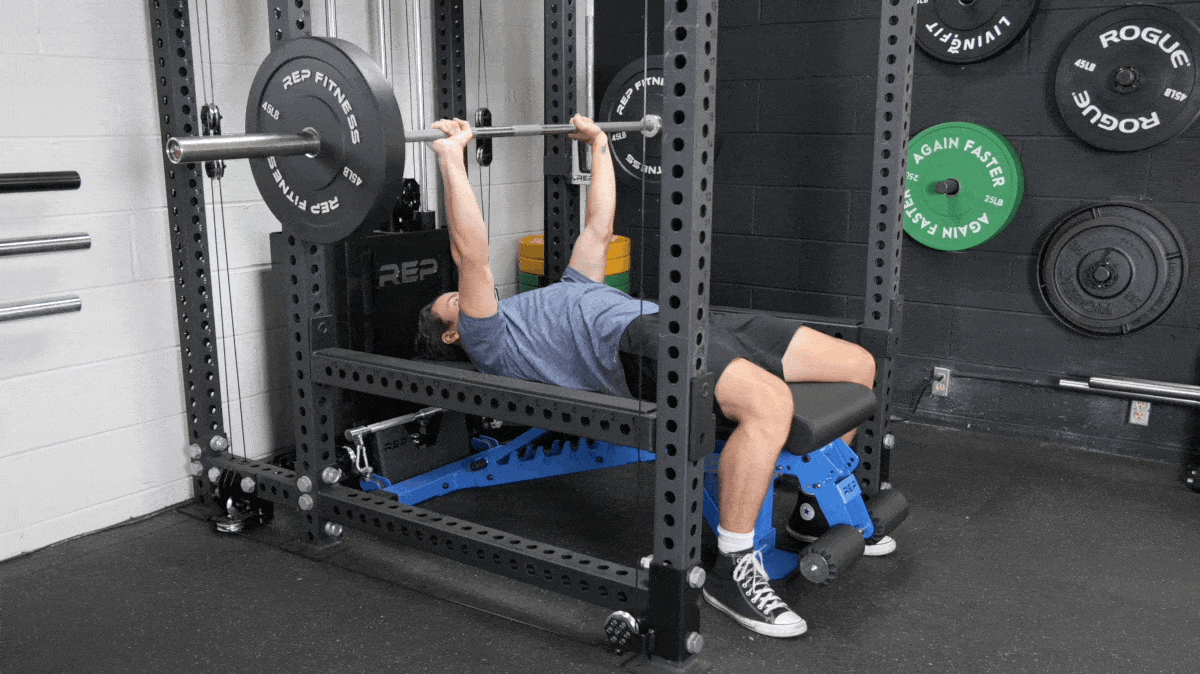
The flat bench press is both a fantastic general-purpose strength movement and one of the three main movements in the sport of powerlifting. The two styles of training share many similarities, but benching for powerlifting comes with its own specific nuances. This section will teach you the nuts and bolts of the bench press.
- Lie flat on the bench with your eyes directly under the barbell. Grip the bar with a comfortable overhand grip, wider than shoulder-width to start.
- Plant your feet firmly into the ground and take a deep belly breath. Lift your torso off the bench so you can retract and depress your scapula — pinch your shoulders back and down.
- Pull the barbell out of the rack and stabilize it directly above your shoulders. Take a new breath, and brace from head to toe.
- Lower the barbell down to your chest, taking care to keep your elbows under the bar the whole time.
- Reverse the motion and press forcefully until the bar returns to its original position above your shoulders.
[Read More: How to Do the Dumbbell Bench Press]
When to Do the Incline Bench Press or Flat Bench Press
Still scratching your head over how to apply either the incline bench press or flat bench press to your workout routine for maximal results? No worries. Context is key when it comes to programming; here’s how to know the difference.
For General Strength
You may be able to lift more weight on the flat bench press due to having better leverages, but that doesn’t mean you should discount the incline entirely. In fact, some literature studying the topic has found that a combination of both flat and incline pressing produces “similar changes in general strength.” (2)
Varying your exercise selection is also a great way to induce strength gains in general, so there’ definitely merit to this idea. For sport-specific training like powerlifting, though, the flat bench should be your primary focus.
If You Have Shoulder Pain
First and foremost, if you’re battling an injury, your solution should involve consulting with a qualified medical professional and/or physical therapist. However, you could also find yourself walking into the gym on chest day with shoulders that are just a little tender.
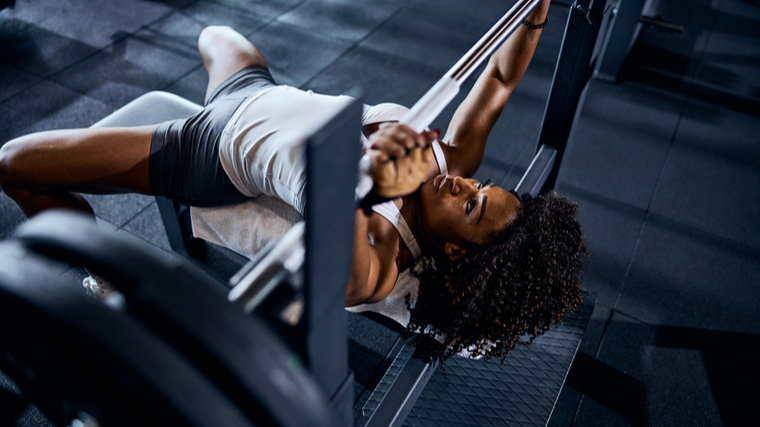
In such cases, the flat bench press should be a bit easier on your shoulders, at least on paper. This may not be the case if you opt to bench ultra-heavy on that day, so take stock of your workout routine and make an informed decision. The flat bench might spare your shoulders a bit, but you could also eschew pressing altogether and play it safe.
To Build Muscle
Maximizing your chest gains is more about finding movements that gel with your unique structure than relying on one specific lift. Both the flat and incline bench press work just fine for muscle growth overall.
If you want comprehensive chest development with lots of mechanical tension, the flat bench edges out a bit. If you consider your upper chest a glaring weakness in your physique, you should probably press from an incline. Be prepared to tweak each exercise as needed to make it fit your body.
Your Best Bench Press
When you’re trying to build the perfect chest day routine, there’s no reason to throw out a perfectly good bench press. The flat bench and incline bench presses both have their place; the hard part is deciding which is more appropriate for you at a given time.
If you want to push max weight no matter what, stick with the flat bench. Need to bring up your upper chest and shoulders? Incline bench all day. If you’re concerned about general muscle growth, both lifts work just fine. Find what’s comfortable for you and go to town.
References
- Lauver, J. D., Cayot, T. E., & Scheuermann, B. W. (2016). Influence of bench angle on upper extremity muscular activation during bench press exercise. European journal of sport science, 16(3), 309–316.
- Chaves, S. F. N., Rocha-JÚnior, V. A., EncarnaÇÃo, I. G. A., Martins-Costa, H. C., Freitas, E. D. S., Coelho, D. B., Franco, F. S. C., Loenneke, J. P., Bottaro, M., & Ferreira-JÚnior, J. B. (2020). Effects of Horizontal and Incline Bench Press on Neuromuscular Adaptations in Untrained Young Men. International journal of exercise science, 13(6), 859–872.
Featured Image: MAD_Production / Shutterstock